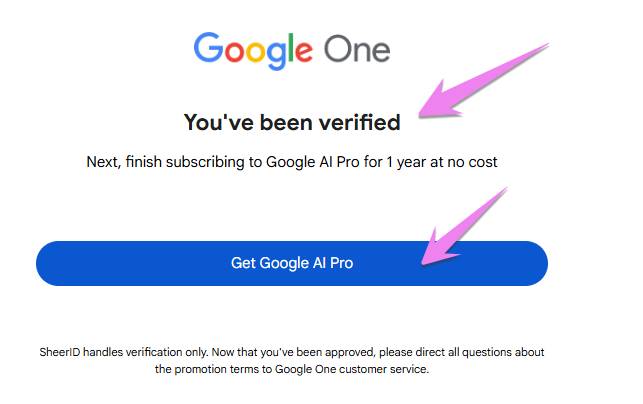I never thought I’d hear the phrase “Windows 7” again, but a Lifehacker reader recently reminded me there are still some people using Microsoft’s Windows 7 operating system. It’s not that they don’t want to upgrade, it’s that they can’t; maybe they tried and got the error.
| Join the channel Telegram of the AnonyViet 👉 Link 👈 |

However, will using Windows 7 be a security issue in the future? Let’s find out together.
Disadvantages of Windows 7
Here’s Microsoft verbatim: regular Windows 7 users will not receive any further updates to the operating system. You must update it manually by visiting the Microsoft archived websites. And these updates are extremely rare.
What does that mean? Your PC is an active ticking time bomb. Surely some future vulnerability will be found and exploited by people looking to take advantage of a dead operating system.
Is it a risk you should take? I don’t think so. But you won’t be at fault as you continue to use Windows 7, either, because not everyone has the time, budget, or preference to buy a brand new computer to continue performing basic tasks on. old computer.
Before we get to the real advice, though, here’s a quick and easy answer: Don’t worry about “WPS3” – in fact, WPA3, is a security standard for wireless networks. The WPA2 you are using to encrypt your wireless network. You also don’t need to worry about someone using your wifi. Just make sure you’re using WPA2-AES, not WPA2-TKIP or WPA2-TKIP + AES, for the best wireless speeds possible.
But back to Windows 7. I have another hesitation in recommending that you continue using this operating system, which is that your browser will stop receiving security updates. That only adds to your discomfort and the hacker’s comfort. You might have a year, two years – but one day your web browser manufacturer will stop updating it for Windows 7 machines. That’s definitely the time I recommend upgrading to Windows 10 – or do some other trick.
Which operating system should be used instead of Windows 7
Let’s talk about those tricks. Have you tried upgrading Windows 7 to? Windows 10 recently? I recommend using USB to upgrade from Windows 7 to Windows 10.
If not, I’d go the second route: Back up all the important stuff on your system, even if you have to buy an external drive to do it – something you should already have and already use. to regularly back up your data. Don’t create a full image of the drive, as that will cause some difficulties later, copy all your important files elsewhere, using Windows Explorer or any backup tool any free.
Once you’ve done that, use the same installation media (your USB drive) to install Windows 10. You will erase all of the drive’s data during the Windows 10 installation and installation process. on an empty drive.
If successful, great. You can also activate it for free if you use your old Windows 7 key. However, if it doesn’t work, don’t worry.
Since you don’t work a lot on your system, you can also try installing Linux, Linux will give you security updates and experience quite similar to your existing desktop. It’s a completely different operating system, which means some things will be slightly different (and some universal apps may not work). However, it should be suitable for all the basic tasks you need.
I recommend using Linux Mint, which is both easy to set up and easy to see, or another distro like Ubuntu. You will need to use your computer to create a Linux installation USB. You’ll basically install Linux Mint the same way you install Windows 10, and once it’s up and running, you’ll be able to open the external drive (or your favorite cloud service or whatever) and recover your data.
Again, this will take some getting used to – it’s not Windows, after all – but it will be a much safer prospect than sticking with Windows 7 for the next few years. If all of this sounds too complicated, you can always pick up a new cheap Windows laptop or a cheaper Windows PC. It’s not an approach I love, because your PC has more uses than you think.
Either way, make sure you back up your data. And really, believe me, you shouldn’t stick with Windows 7 for too long. You can also start your security career with CEHv10 on an old laptop running Linux.












